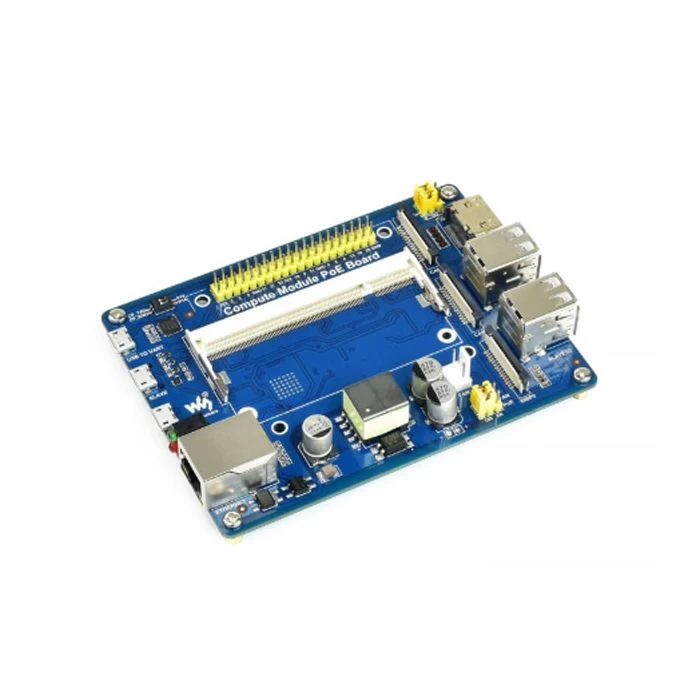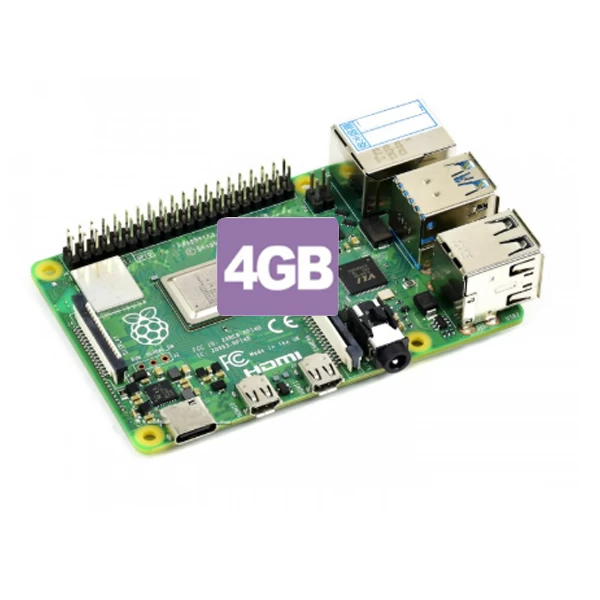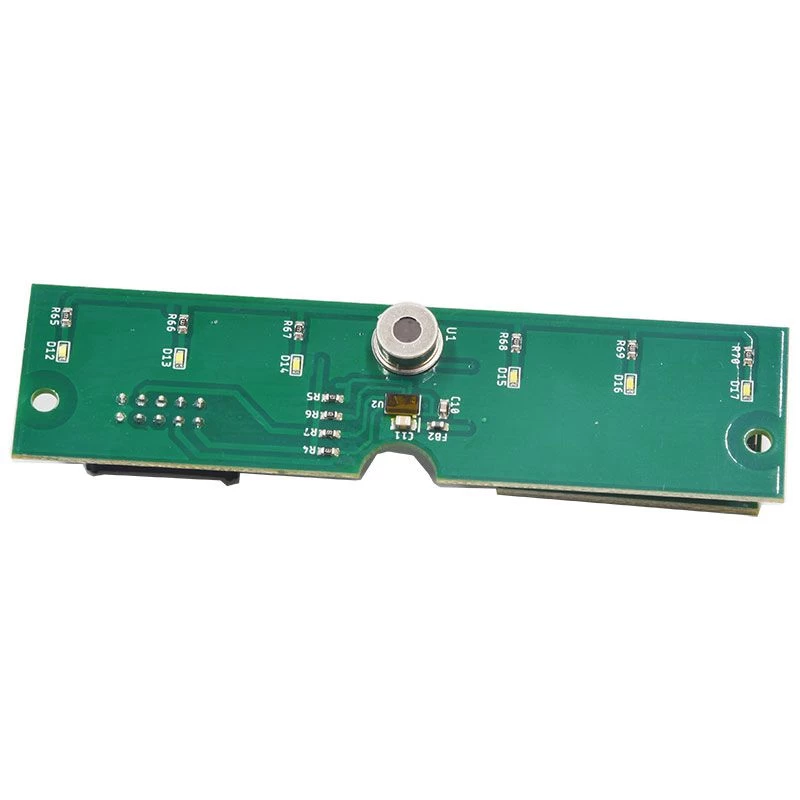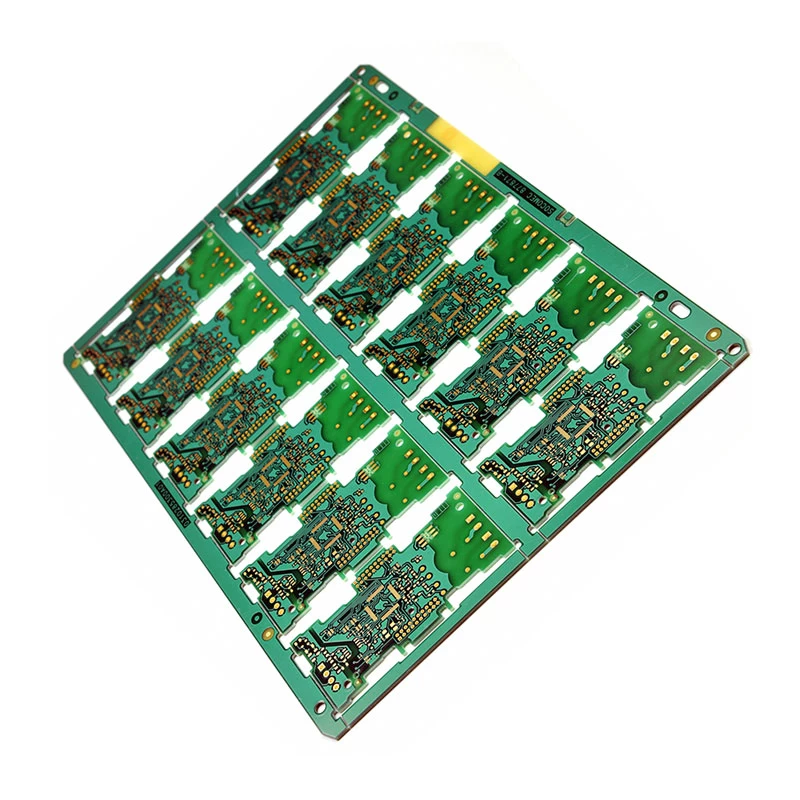5G antenna RF structural changes will drive PCB volume and price up
In the 4G era, PCB are mainly used in base station BBUs (backplanes, single boards) and RRUs attached to antennas. Due to the small size of RRUs, PCB demand is relatively small.
In the 5G era, base station antennas have evolved from passive to active. RRUs and antennas have been combined to form active antenna units (AAUs) that support large-scale antennas. AAU integrates the functions of antennas and RRUs, including antenna elements, filters, and T / R Module, control module, power module.

Among them, PCB is mainly used in dense radiation array (antenna oscillator), power division network board (feeder network), coupling calibration network board and transceiver unit. At the same time, the application of large-scale antennas has higher requirements for antenna integration. Mobile communication base stations have developed from 2 channels in the 2G era to 4 and 8 channels in the 4G era, and then to Massive MIMO large-scale antenna arrays in the 5G era. FPGA chips, optical modules, RF components, and power systems will be integrated into PCB boards that support high speed and high frequency.
flexible BOARD manufacturer china

Compared with the 4G base station PCB, the PCB used by the 5G base station is technically difficult. On the one hand, due to the requirements of high-frequency communication, both AAU and BBU need to use a large amount of high-frequency and high-speed materials; on the other hand, 5G base stations have increased functions, the integration density of components on the PCB has increased significantly, and the design difficulty of circuit boards has also increased . The use of high-frequency and high-speed materials and the increase in manufacturing difficulty will significantly increase the PCB unit price.
Single Side PCB manufacturer china

5G transmission equipment upgrade brings high-speed PCB demand:
Facing the new 5G demand, the transmission network capacity will be increased by 10 times, the latency will be reduced by 10 times, and the single-bit cost will be reduced by 10 times. There are higher requirements. The complexity of optoelectronic interconnection of 5G transmission equipment is increasing rapidly, and the PCBs supporting the development of communication technology will also develop in the direction of high speed and large capacity. Update requirements on frequency, speed, layer number, size, and optoelectronic integration are proposed, starting from the currently leading 25Gbps Bus speeds are moving towards higher 56Gbps.Compared with 4G transmission equipment, which usually uses FR-4 PCB material, the size of 5G transmission equipment does not change much, but the increased demand for data forwarding processing capabilities brings high-speed multilayer PCB materials (20-30 layers, core equipment high-speed PCB layers (Up to 40 floors or more), demand has increased significantly, of which single base station requires 2 ~ 3 BBU boards.
































